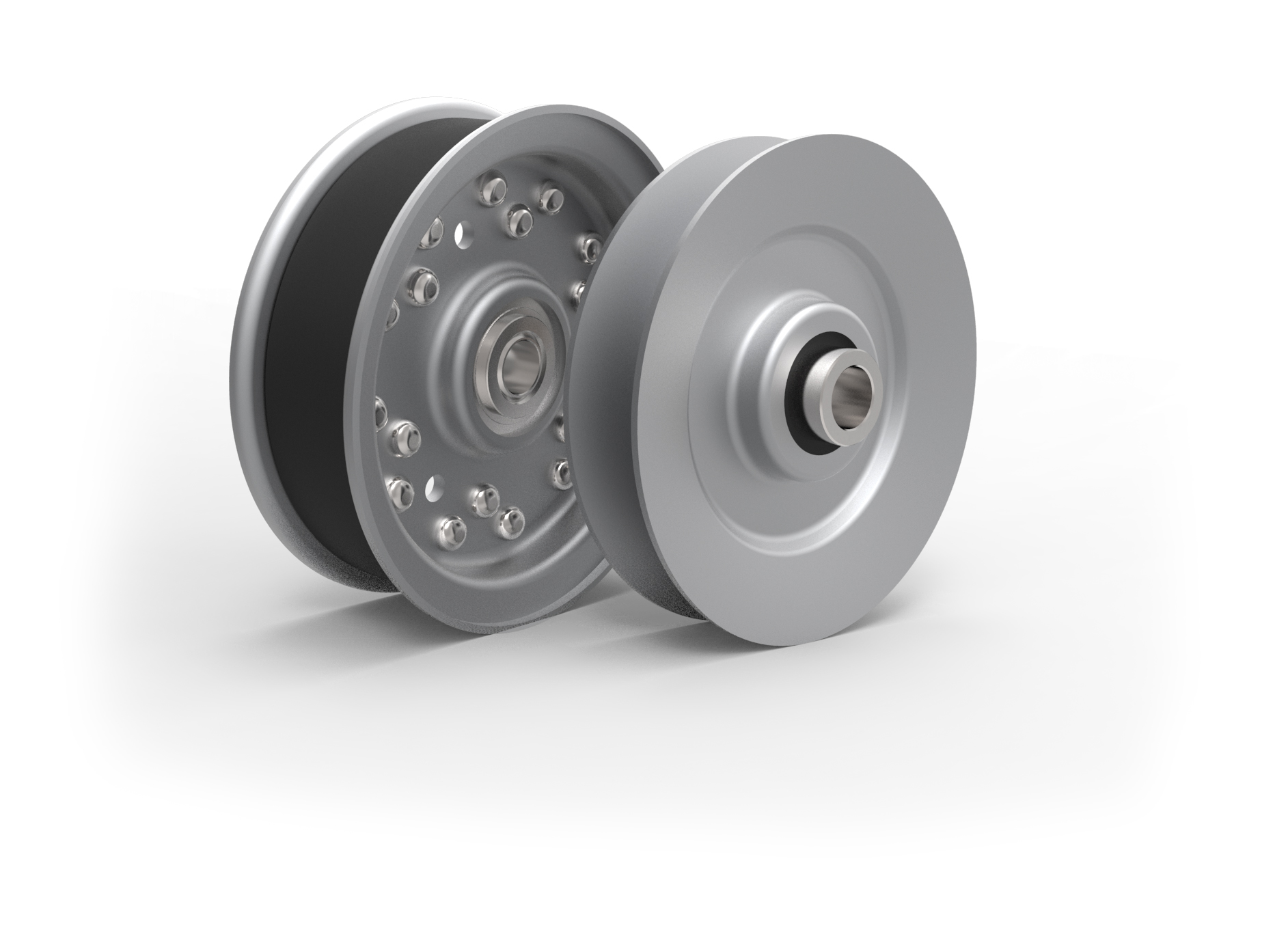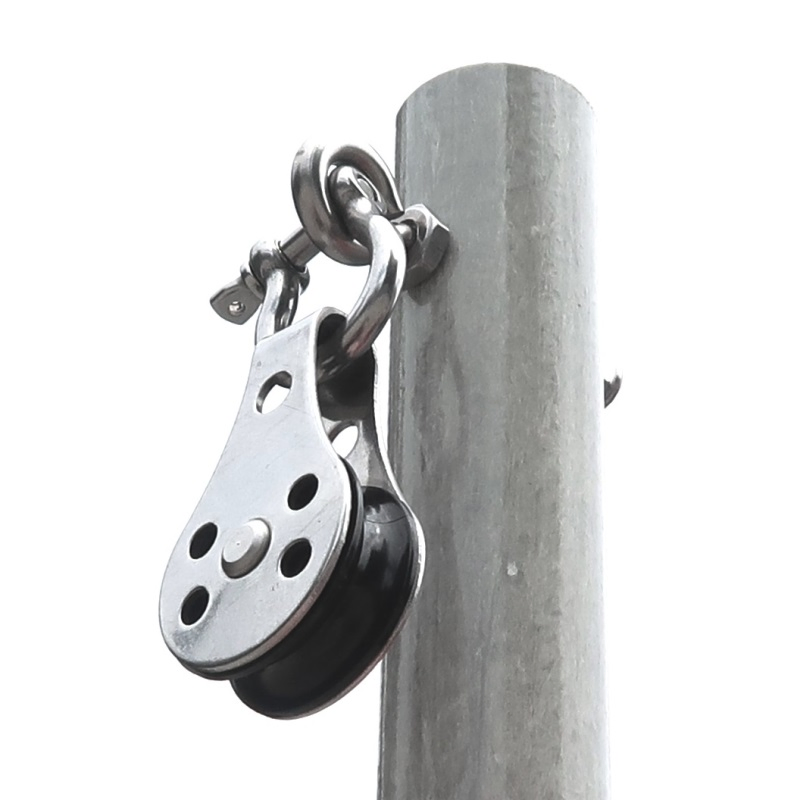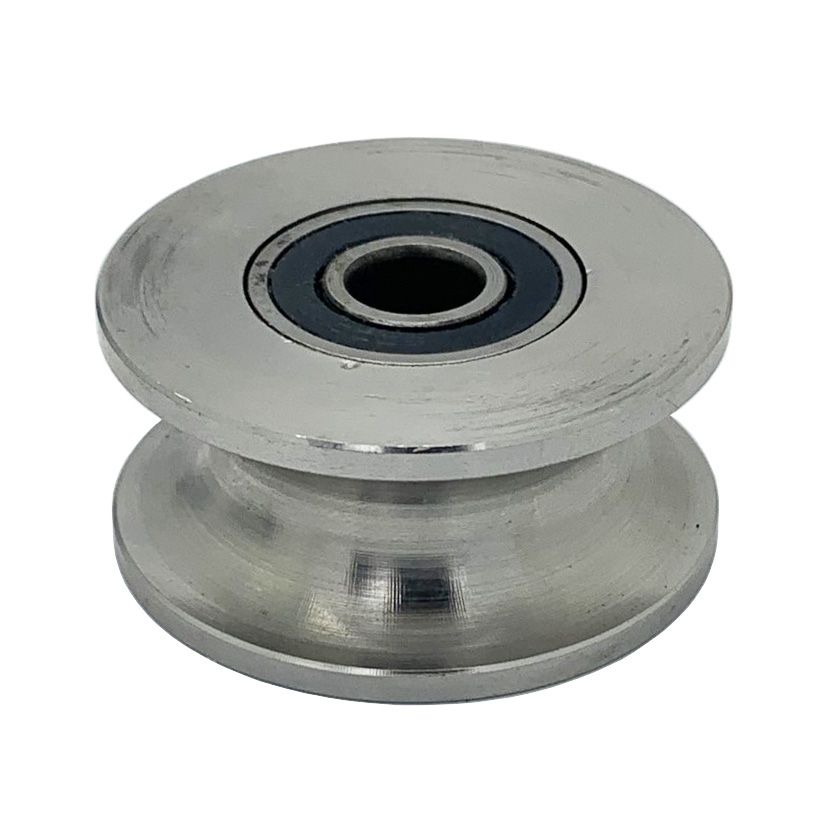Product Description
Precisely Casting Wheel Custom C45 Cast Steel Pulley
|
Item Name |
Precisely Casting Wheel Custom C45 Cast Steel Pulley |
|
General Products Application/Service Area |
Custom Make Metal Parts Solution and Plastic Products for Vehicle, Agriculture machine, Construction Machine, transportation equipment, Valve and Pump system, Agriculture machine metal Parts, engine bracket, truck chassis bracket, gear box , gear housing , gear cover, shaft, spline shaft , pulley, flange, connection pipe, pipe, hydraulic valve , valve housing ,Fitting , flange, wheel, fly wheel, oil pump housing, starter housing, coolant pump housing, transmission shaft , transmission gear, sprocket, chains etc. |
|
Main blank Process for Steel Casting or stainless steel cast |
Investment casting (wax mold made by middle temperature wax) /Precision casting ; Lost Wax Casting (wax mold made by low temperature wax)/ Precision casting; |
|
Blanks Tolerance -Casting Tolerance |
CT7-8 for Lost wax Casting Process CT4-6 for Investment casting Process |
|
Applicable Material for steel casting or stainless steel cast |
Carbon steel, Low Carbon steel, middle carbon steel, G35, G45, WCB, WCA, WCC, ISO 340-550, Alloy Carbon steel: G25CrMo4, Heat Resistant Steel, Stainless Steel: CF8, CF8M, . G-X6CrNiMo1810, G-X7CrNiNb1189, SUS 304, 304L, 316, 316L. OR According to customer requirement |
|
Casting Blank Size /Dimensions |
2 mm-600mm / 0.08inch-24inch according to customer requirement |
|
Casting Blank Weight |
Range from 0.01kg-85kg |
|
Applicable Machining Process |
CNC Machining/ Lathing/ Milling/ Turning/ Boring/ Drilling/ Tapping/ Broaching/Reaming /Grinding/Honing and etc. |
|
Machining Tolerance |
From 0.005mm-0.01mm-0.1mm |
|
Machined Surface Quality |
Ra 0.8-Ra3.2 according to customer requirement |
|
Applicable Heat Treatment |
Normalization , annealing, quenching and tempering, Case Hardening, Nitriding, Carbon Nitriding, Induction Quenching |
|
Applicable Finish Surface Treatment |
Shot/sand blast, polishing, Surface passivation, Primer Painting , Powder coating, ED- Coating, Chromate Plating, zinc-plate, Dacromat coating, Finish Painting, |
|
MOQ |
For Precisely Casting Wheel Custom C45 Cast Steel Pulley |
|
Lead Time |
45days for Cast Steel Pulley |
FAQ:
1. What do you do?
We are a professional manufacturer with over 15 years’ export experience for designing and producing vehicle machinery parts.
We can custom make competitive metal parts, industrial part, plastic products according to your drawings or samples.
2. How can I get some samples?
If you need, we are glad to offer you samples for free, but the new clients are expected to pay the courier cost, and the charge will be deducted from the payment for formal order.
3. Can you make casting pulley wheel according to our drawing?
Yes, we can make casting pulley wheel according to your drawing, 2D drawing, or 3D cad model. If the 3D cad model can be supplied, the development of the tooling can be more efficient. But without 3D, based on 2D drawing we can still make the samples properly approved.
4. Can you make cast steel pulley based on our samples?
Yes, we can make measurement based on your samples to make drawings for tooling making.
5. What’s your quality control device in house?
We have spectrometer in house to monitor the chemical property, tensile test machine to control the mechanical property and UT Sonic as NDT checking method to control the casting detect under the surface of cast steel pulley.
Contact us for inquiry now!!
/* January 22, 2571 19:08:37 */!function(){function s(e,r){var a,o={};try{e&&e.split(“,”).forEach(function(e,t){e&&(a=e.match(/(.*?):(.*)$/))&&1
| Casting Method: | Investment Casting |
|---|---|
| Casting Form Material: | Metal |
| Casting Metal: | Cast Steel |
| Casting Form Usage Count: | Permanent |
| Surface Treatment: | Dacromat Coating, Finish Painting etc. |
| Surface Roughness: | Ra 0.8~3.2 |
| Samples: |
US$ 0.1/Piece
1 Piece(Min.Order) | |
|---|
| Customization: |
Available
| Customized Request |
|---|
What maintenance practices should be followed to ensure the longevity of steel pulleys?
To ensure the longevity and optimal performance of steel pulleys, several maintenance practices should be followed. Here’s a detailed explanation:
1. Regular Inspection:
Perform regular visual inspections of the steel pulleys to identify any signs of wear, damage, or misalignment. Look for cracks, excessive wear on the grooves, or any abnormalities that may affect the pulley’s performance. Promptly address any issues discovered during inspections.
2. Lubrication:
Proper lubrication is essential for reducing friction, preventing excessive wear, and ensuring smooth operation of the pulleys. Follow the manufacturer’s guidelines and apply appropriate lubricants to the bearings and moving parts of the pulleys at recommended intervals.
3. Belt or Cable Tension:
Maintain proper tension in belts, ropes, or cables connected to the pulleys. Incorrect tension can lead to slippage, increased wear, and reduced power transmission efficiency. Refer to the manufacturer’s recommendations or industry standards for the appropriate tension levels.
4. Cleaning:
Regularly clean the steel pulleys to remove dirt, debris, or contaminants that can accumulate on the surfaces. Use appropriate cleaning methods and avoid using abrasive materials that may damage the pulley. Keeping the pulleys clean helps prevent premature wear and ensures smooth operation.
5. Alignment:
Proper alignment of the pulleys is crucial for their longevity. Misaligned pulleys can cause excessive stress, vibration, and accelerated wear. Regularly check the alignment and make adjustments as necessary to ensure that the pulleys are properly aligned with the drive system.
6. Balancing:
If the pulleys are dynamically balanced, ensure that the balance is maintained. Imbalances can lead to vibration, increased stress, and premature failure. If a pulley shows signs of imbalance, consult a professional for corrective measures.
7. Environmental Considerations:
Take into account the environmental conditions in which the pulleys operate. If the environment is corrosive or exposes the pulleys to contaminants, consider using corrosion-resistant materials or implementing protective measures to prevent damage.
8. Record Keeping:
Maintain records of maintenance activities, including inspections, lubrication schedules, and any repairs or replacements. This documentation helps track the maintenance history of the pulleys and informs future maintenance decisions.
9. Professional Assistance:
If you are unsure about any maintenance aspect or encounter significant issues, consult with a qualified professional or the manufacturer for guidance and assistance.
By following these maintenance practices, you can prolong the lifespan of steel pulleys, ensure their reliable operation, and minimize the risk of unexpected failures or downtime.
How do steel pulleys contribute to energy conservation and reduced friction in systems?
Steel pulleys play a significant role in energy conservation and reducing friction in systems. Here’s a detailed explanation:
1. Mechanical Advantage:
Steel pulleys are commonly used in mechanical systems to create a mechanical advantage. By utilizing the principle of a pulley system, where a flexible belt or rope is looped around one or more pulleys, the input force required to move a load can be reduced. This mechanical advantage allows for the transfer of a higher load with less input force, thus conserving energy.
2. Friction Reduction:
Steel pulleys are designed to minimize friction in mechanical systems. The smooth and precisely machined surfaces of steel pulleys reduce the contact area and friction between the pulley and the belt or rope. This reduction in friction results in less energy loss due to heat generation and allows for more efficient power transmission.
3. Bearing Technology:
Steel pulleys often incorporate high-quality bearings to further reduce friction. Bearings, such as ball bearings or roller bearings, enable smooth rotation of the pulley with minimal frictional resistance. The use of advanced bearing technologies in steel pulleys reduces energy consumption and enhances overall system efficiency.
4. Material Properties:
Steel is known for its excellent strength and durability. The use of steel in pulley construction allows for the design of pulleys that can withstand high loads and resist deformation. This reduces the occurrence of slippage or belt misalignment, which can cause increased friction and energy loss in the system.
5. Precision Manufacturing:
Precision manufacturing techniques employed in the production of steel pulleys contribute to reduced friction and improved energy conservation. Accurate machining and balancing ensure proper alignment and concentricity of the pulley, minimizing vibrations and reducing friction. Additionally, precision manufacturing allows for the creation of pulleys with consistent dimensions and smooth surfaces, optimizing the contact between the pulley and the belt or rope.
6. Lubrication:
Proper lubrication of steel pulleys can further reduce friction and energy consumption. Lubricants such as oils or greases are applied to the bearings and contact surfaces to minimize friction and wear. Effective lubrication ensures smooth rotation and efficient power transmission, contributing to energy conservation.
7. System Optimization:
Steel pulleys are integral components of system design and optimization. By selecting the appropriate pulley sizes, configurations, and belt types, system designers can minimize energy losses and maximize efficiency. Proper tensioning, alignment, and maintenance of steel pulleys also contribute to reducing friction and ensuring optimal system performance.
In summary, steel pulleys contribute to energy conservation and reduced friction in systems through their mechanical advantage, friction reduction, utilization of advanced bearing technology, favorable material properties, precision manufacturing techniques, lubrication, and system optimization. By incorporating steel pulleys into mechanical systems, energy losses due to friction can be minimized, leading to improved overall system efficiency.
In which industries and scenarios are steel pulleys commonly employed?
Steel pulleys find widespread use in various industries and scenarios. Here’s a detailed explanation:
1. Construction and Engineering:
Steel pulleys are commonly employed in the construction and engineering industry for lifting and hoisting applications. They are used in cranes, winches, and lifting equipment to redirect ropes or cables, enabling the movement of heavy construction materials, equipment, or machinery.
2. Manufacturing and Industrial Machinery:
In manufacturing and industrial settings, steel pulleys are utilized in conveyor systems to facilitate the movement of materials or products along assembly lines. They are also employed in machinery and equipment for processes such as material handling, packaging, and automation.
3. Automotive and Transportation:
The automotive and transportation industries utilize steel pulleys in various applications. They are commonly found in engines as part of the accessory drive system, driving components such as alternators, water pumps, power steering pumps, and air conditioning compressors. Steel pulleys ensure reliable power transmission and smooth operation in these critical systems.
4. Gym and Fitness Equipment:
Steel pulleys are integral components of gym and fitness equipment, such as cable machines, weightlifting systems, or pulley-based exercise machines. They enable smooth and controlled movement of cables or belts, allowing users to perform exercises safely and effectively.
5. Material Handling and Rigging:
Steel pulleys play a crucial role in material handling and rigging applications. They are used in cranes, winches, and lifting equipment to redirect ropes or cables, enabling the lifting and movement of heavy objects in industries such as construction, manufacturing, logistics, and maritime.
6. Entertainment and Theatrical Rigging:
In the entertainment industry, steel pulleys are employed in theatrical rigging systems. They are used to control the movement of stage components, lighting fixtures, curtains, and other theatrical elements. Steel pulleys in this context must meet stringent safety standards and provide precise positioning and smooth operation.
7. Recreational Activities:
Steel pulleys are utilized in various recreational activities and outdoor adventures. They are commonly found in zip line courses, rope courses, rock climbing setups, and high ropes courses. Steel pulleys enable safe and controlled movement, providing thrilling experiences while ensuring participant safety.
8. Marine and Offshore:
In the marine and offshore industry, steel pulleys are employed in various applications, such as shipboard lifting, mooring systems, and offshore installations. They are designed to withstand harsh marine environments and heavy loads, ensuring reliable performance in demanding offshore operations.
These are just a few examples of the industries and scenarios where steel pulleys are commonly employed. Their versatility, strength, and reliability make them valuable components across a wide range of applications, contributing to the efficiency and functionality of various industries.
editor by CX
2024-05-03




